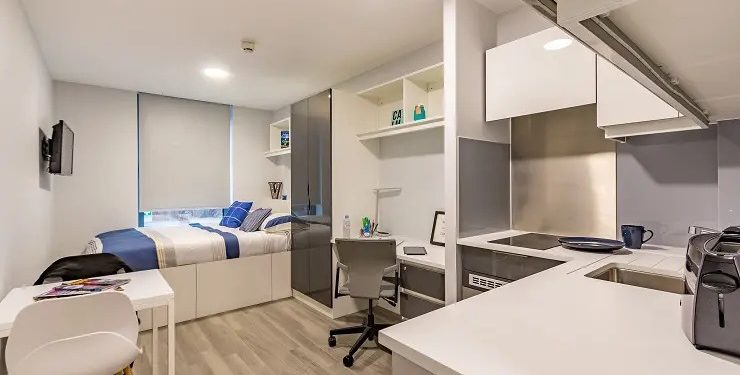Kenya’s student housing market has quietly evolved into one of the country’s most attractive alternative investment classes. Driven by rapid urbanization, growing university enrolment, and shifting lifestyle expectations among young people, purpose-built student accommodation (PBSA) is emerging as a stable, high-demand real estate opportunity with strong long-term fundamentals.
Higher education enrolment has expanded significantly over the past two decades, with Kenya hosting public and private universities that attract students from across East Africa. However, the supply of quality hostel facilities has not grown at the same pace. Most public universities still rely on outdated or limited on-campus accommodation, leaving a large share of students to seek housing in nearby neighborhoods. This gap has created a thriving market for private developers willing to build secure, modern, affordable student residences.
A notable example is Acorn Holdings, the pioneer in Kenya’s PBSA market. Through its Qwetu and Qejani brands, Acorn has introduced structured, professionally managed student housing that meets international standards. These developments offer amenities such as high-speed internet, study rooms, biometric access, retail spaces, and shared social areas, features rarely found in traditional hostels. Acorn’s model has been so successful that it became the first company in Kenya to launch student housing REITs, giving investors an avenue to earn returns from rental income and capital appreciation.
Beyond private developers, the student housing trend is reshaping urban real estate. Neighborhoods surrounding major universities, including Juja (JKUAT), Rongai (MMU), Parklands (USIU), and Karen (CUEA), have seen a surge in new developments targeting students. These projects often achieve higher occupancy rates compared to traditional residential units, making them more resilient even during economic downturns.
Several factors make PBSA attractive to investors. First, demand is consistent: universities operate annually, and student turnover guarantees continuous occupancy. Second, rent collection is reliable since payments are usually structured per semester. Third, amenities-driven hostels can charge premium rates compared to informal student rentals.
However, challenges remain. Some developers face high land costs in urban areas, while smaller operators struggle to meet students’ rising quality expectations. Regulatory clarity around REIT frameworks also needs strengthening to attract more institutional investors.
Student housing is no longer a fringe segment; it has become a mature, scalable, and profitable asset class in Kenya. With rising enrolment and a persistent supply gap, PBSA offers investors an opportunity supported by strong fundamentals and consistent demand. As more developers adopt modern designs and structured management, Kenya’s student housing sector is poised for sustained growth.
















